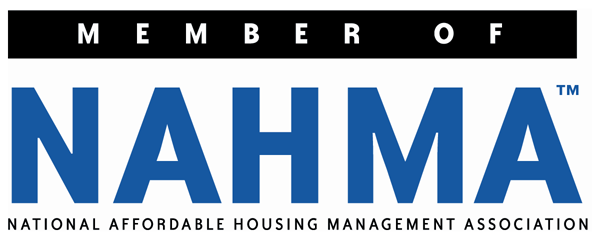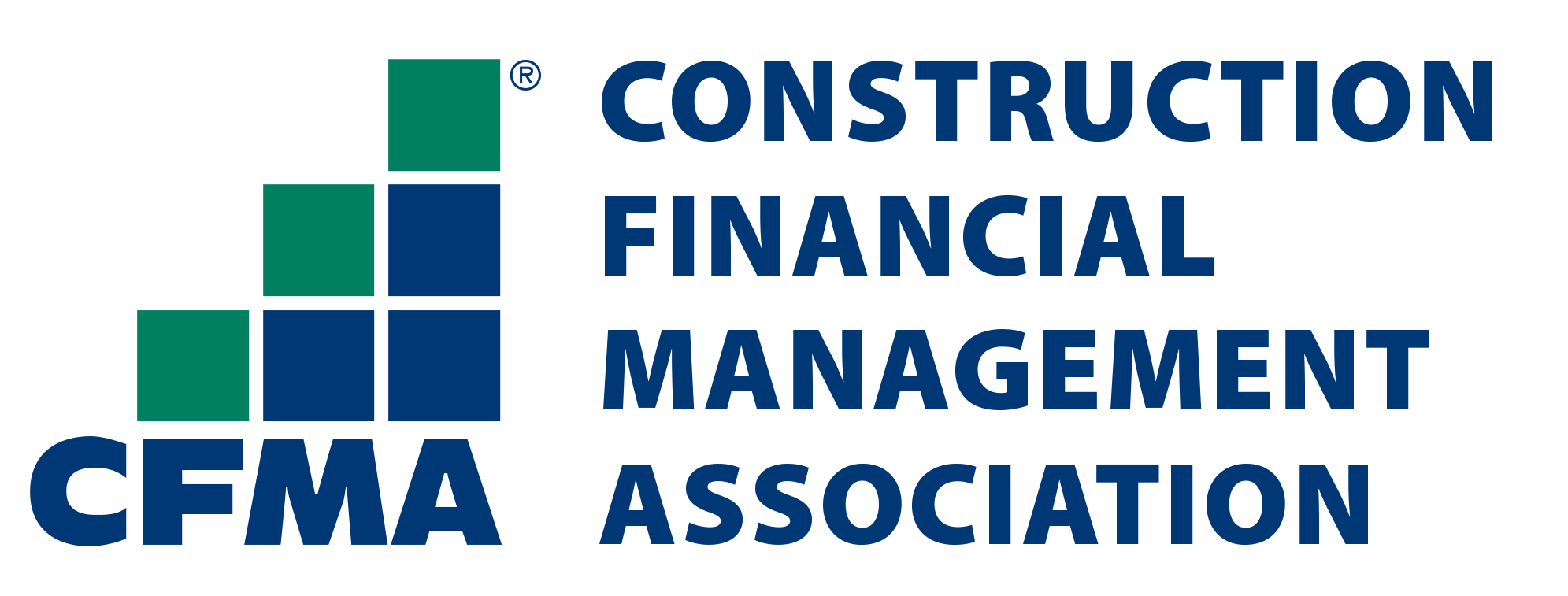
Real Estate Data Analytics: A Comprehensive Overview
- August 21, 2024
- OHI

Real estate data analytics is transforming the way the industry operates, providing stakeholders with the tools and insights necessary to make informed decisions. This comprehensive exploration delves into the nuances of real estate data analytics, its methodologies, applications, and the future landscape of the industry.
Real estate data analytics involves the systematic collection, processing, and analysis of data related to properties, markets, and consumer behavior. By leveraging both traditional and alternative data sources, real estate professionals can derive actionable insights that enhance decision-making processes.
The integration of data analytics into real estate has profound implications across various domains:
Real estate data analytics finds applications in several key areas:
Despite its advantages, real estate data analytics faces several challenges:
The future of real estate data analytics is bright, driven by several emerging trends:
Real estate data analytics software plays a crucial role in leveraging data to drive informed decision-making. Here are five top real estate data analytics software solutions:
1. Zillow Zestimate
Zillow’s proprietary algorithm, the Zestimate, uses machine learning to estimate the market value of a property based on public and user-submitted data. The Zestimate provides a starting point for pricing discussions and helps buyers and sellers make more informed decisions.
2. Redfin
Redfin, a real estate brokerage, offers a suite of data analytics tools for both consumers and real estate professionals. Their website provides detailed market reports, price trends, and neighborhood insights to help users make informed decisions.
3. Reonomy
Reonomy is a commercial real estate data platform that provides detailed property information, ownership data, and market analytics. It helps investors, brokers, and developers identify potential opportunities and assess market conditions.
4. CoStar
CoStar is a leading provider of commercial real estate information, analytics, and online marketplaces. Their platform offers comprehensive data on properties, leases, sales, and market trends, enabling users to make data-driven decisions.
5. Mashvisor
Mashvisor is a real estate analytics platform that helps investors analyze and compare potential investment properties. It provides data on rental income, cash flow, cap rates, and occupancy rates, allowing investors to make informed decisions about their investments.
These software solutions leverage vast amounts of data to provide valuable insights and support decision-making in the real estate industry. By integrating data analytics into their workflows, real estate professionals can enhance their strategies, optimize investments, and stay ahead of the competition.
Real estate data analytics is not just a trend; it is an essential component of the modern real estate landscape. By harnessing the power of data, professionals can enhance their decision-making processes, optimize investments, and improve operational efficiencies. As technology continues to evolve, the potential for data analytics in real estate will only expand, paving the way for a more data-driven future in the industry. Embracing these changes will be crucial for stakeholders looking to thrive in an increasingly competitive market.
Contact us for a customized NO OBLIGATION proposal for outsourcing your accounting activities.









